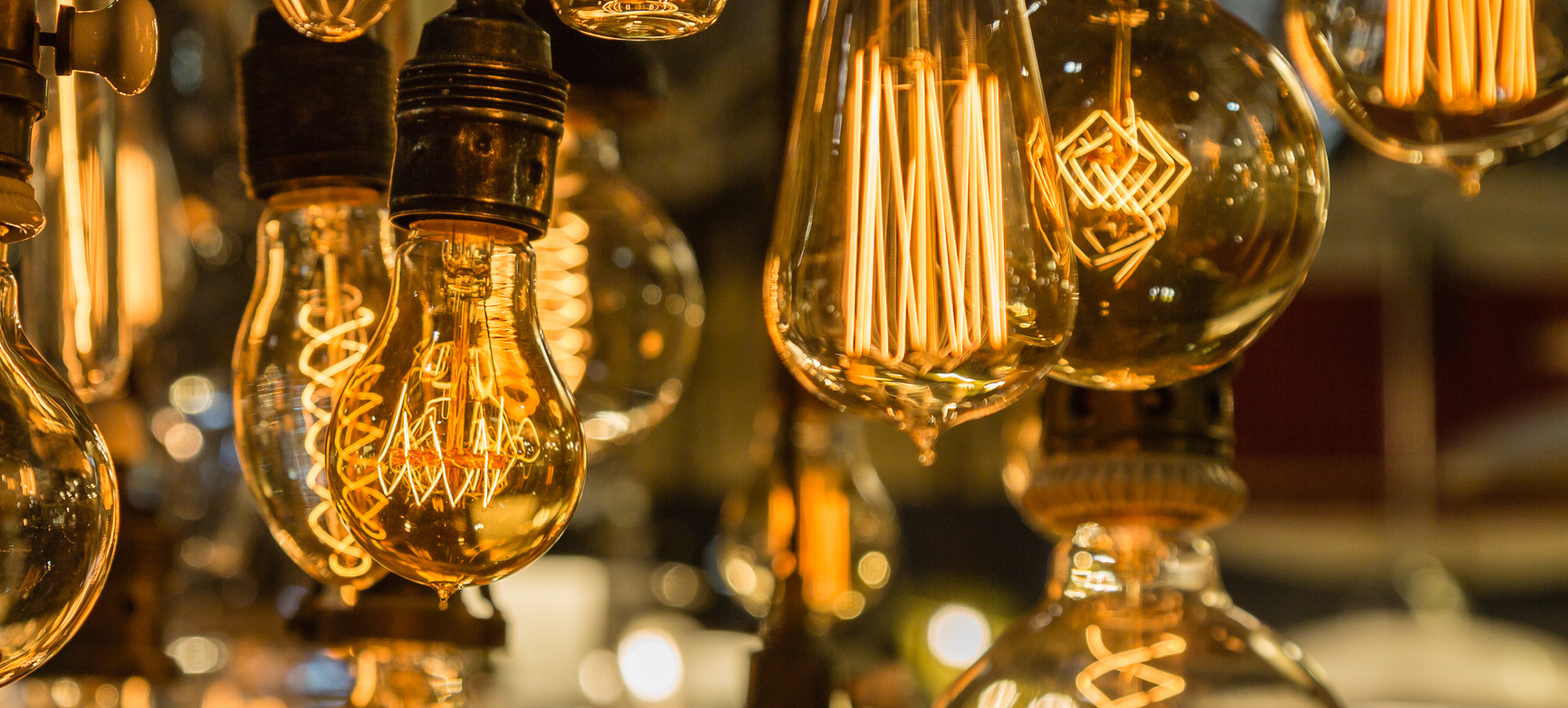LED vs. Halogen Lights
Posted on 23rd November 2022 at 16:28
LED light bulbs are vastly superior to halogen, lasting over 10x longer, while consuming 85% less electricity. This means that by opting for LED bulbs over halogen, you could save up to £300 per year on your lighting costs within your home. Now isn’t that worth it!
We’ve put together some comparisons of the two different lights to help you decide which one you prefer.

How does LED work?
LED stands for ‘light emitting diode’. A diode is an electrical component with two electrodes, which only allows electricity to pass freely in one direction. Through the constant movements of the electrons in the semiconductor, light is then generated.
What are the advantages of LED?
Low power consumption
Because it is no longer necessary to heat up a filament in an LED, the main advantage of these lightbulbs is that they are energy efficient. No energy is wasted, and it is possible to save up to 80%.
Long lifetime
The average lifetime of an LED bulb is about 15 - 40 hours. However, incandescent bulbs only last 1000 hours. The longevity of the LED products leads to low replacement and energy costs. Therefore, a fast amortisation time is usually guaranteed within one year.
Environmentally friendly
omething that is great about LED bulbs is that they contain no toxic chemicals. For example, a broken CFL bulb is not only harmful to your health because of the mercury vapor, but also to the environment. In addition, it is special waste, which cannot be easily disposed of.
Perfect for accent lighting
LED bulbs come available in a variety of colour temperatures. The light beam of an LED bulb is generally between 8° and 360°. This means that an LED lightbulb is available for every circumstance. Therefore, this allows you to create specific accent lighting, but also to imitate the look and feel of a traditional lightbulb.
What is the disadvantage of LED?
The only disadvantage to LED lights is their high acquisition costs. The initial investment is higher than for incandescent bulbs. Due to the long life and high energy efficiency of LED bulbs, a fast ‘return on investment’ is possible.
How does a halogen work?
A halogen bulb works very similar to an incandescent bulb. The only difference is in heat emissions because more electricity is converted into light than with an incandescent bulb. This means that no normal glass is used, but heat-resistant quartz glass, so that the glass does not crack due to the heat. Gas is added to the halogen so that there are no black spots on the lamp, unlike incandescent bulbs.
What are the advantages of a halogen bulb?
There are a lot less benefits to a halogen bulb than an LED. However, you can rely on this type of bulb to have a good light intensity and a wide range. Halogen bulbs are also less expensive to buy.
What are the disadvantages of a halogen bulb?
The lifetime
The lifespan of a halogen bulb is on average only 1000 hours. This means that you’ll always have to buy a new light bulb and spend a lot of time replacing your defective lights.
Become very hot
Halogen bulbs become very hot and cannot be touched during or just after being used.
Complicated fixture
To connect halogen bulbs to the mains, a transformer is always required.
For more information, please don’t hesitate to get in touch.
Share this post:



